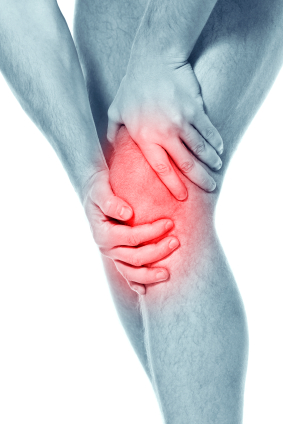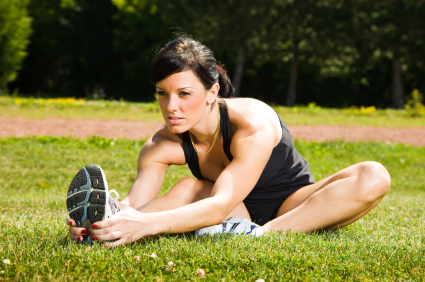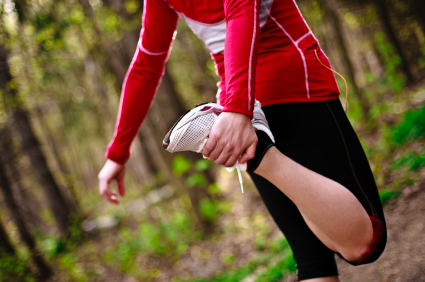Sports Injuries

Playing sports and taking regular exercise can help you maintain a healthy lifestyle. For example, exercise can protect against heart problems, prevent obesity and reduce the risk of osteoporosis by increasing bone density. However, sports injuries can occur in men and women of all ages and abilities, affecting all joints, muscles, tendons and ligaments.
Causes of sport injuries may include:
- Inadequate warm up, perhaps the weather is cooler and more time is needed or insufficient time was allocated.
- Inadequate post-exercise cool down to prevent stiffness the next day.
- Structural imbalances.
- Under training – not ready for the competition – not preparing the muscles adequately in regard to muscular flexibility, strength and endurance.
- Overtraining – too much, too soon. Workouts should be built up over time. Insufficient rest days.
- Training when ill or fatigued, obsessive training. Injuries are far more likely to occur when tired.
- Returning to sport or to training too soon after an injury.
- Insufficient stretching to ensure the flexibility of muscles.
- Training for long periods in inappropriate conditions – on hard surfaces, inadequate footwear or inappropriate equipment.
- Incorrect technique or posture.
- Dehydration
- Poor diet - the body needs to be well nourished to cope with the stresses being placed on it.
The importance of rest cannot be underestimated. Although it is important for an athlete to have a challenging training programme, it is during the rest period that the body has time to recover from the demands being placed on it. Too much rest is however, not recommended because muscle wastage and weakening occurs.
Warming Up & Cooling Down

A warm-up should be performed prior to all exercise. The main two reasons for this are to improve performance and to decrease the risk of injury. A good warm up will increase the temperature of muscles which helps them work better, increase the flow of blood and oxygen to the muscles, increase the range of motion on joints that may be used during the exercise, thus reducing the risk of injury.A warm up should involve any type of movement that raises the heart rate such as gentle jogging, cycling or aerobics. It is useful to choose a warm up that is most suitable and relevant to the sport about to be undertaken. It is important to stretch after you have done the initial pulse raising movements, so that you are stretching muscles that are warmed and more flexible. This can be crucial in preventing the occurrence of injuries.
A cool down is another area that is often overlooked, but just as important. It enables the heart rate to slow, helps pump waste products such as lactic acid away from the muscles, and brings fresh blood and oxygen to the muscles, helping them heal quicker. Gentle jogging followed by a walk and then some gentle stretching, can go a long way in preventing muscle soreness. Stretching after exercise encourages muscles to rest in a lengthened rather than a contracted state.
Pain during or after exercise is a signal that your body may be having problems that shouldn’t be ignored.

If you have experienced severe pain, extensive bruising, or immediate swelling you should seek medical attention as soon as possible. However, for mild sprains and strains you can apply the RICE principles as soon as possible to help start recovery and speed up the healing process.
Rest – continuing to exercise a damaged muscle, joint or ligament can turn a minor problem into a major one. A rest from sport for the first 72 hours following injury helps promote healing.
RICE stands for:
Ice – apply an ice pack or a bag of frozen vegetables (wrapped in a thin cloth to prevent ice burns) immediately for periods of 10 minutes. This time factor will vary for fleshy areas and less for bony areas and the face. The skin area must be allowed to rewarm and the blood to circulate between periods of ice application.
Compression – a compression bandage such as tubigrip, will help reduce swelling. Make sure you don’t apply it too tightly. If unsure seek advice.
Elevation – elevate the injured part whenever possible. Ideally this should be above the level of your heart. If the injured area can be elevated, do not apply compression at the same time.
Sports/Remedial Massage can offer effective treatment for sports injuries by relieving symptoms and promoting healing, and can also help reduce your risk of injury. Seeing a therapist can help with assessing any problems, helping you understand what’s wrong and explaining how you can avoid further problems.
